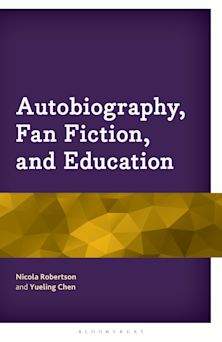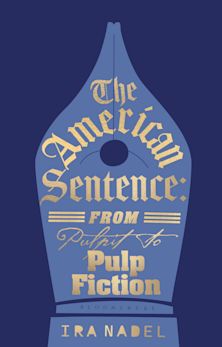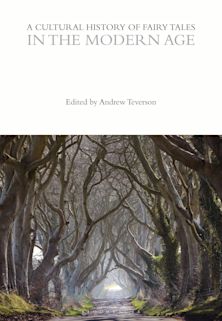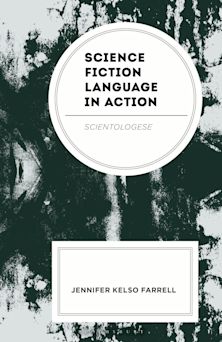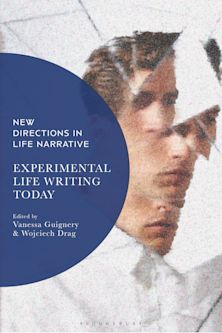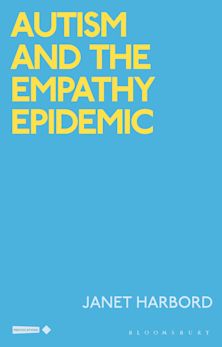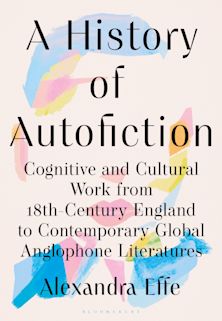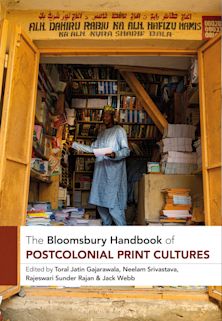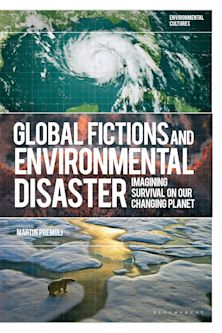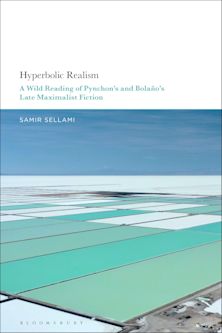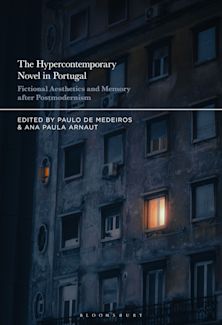Minimalism and Affect in American Literature, 1970-2020
Minimalism and Affect in American Literature, 1970-2020
Description
Shortlisted for the BACLS Monograph Prize 2025
Theorizes the development of a minimalist mode in American fiction since 1970, frequently seen to interrogate US postmodernity.
Minimalism and Affect in American Literature, 1970-2020 responds to existing studies of literary minimalism by pursuing three original and interrelated objectives. It provides a more inclusive and precise definition of minimalism that enables further inquiry into the mode. It also exposes the presence of minimalism beyond critical demarcations that attempt to limit the aesthetic to a particular school, medium, movement, form or decade. Finally, it argues that writers of American literary minimalism are uniquely privileged in their ability to formalize precarity and threatening cultural currents into the fragile construct that is ordinary life.
Building upon theories of affect and the everyday, Minimalism and Affect in American Literature, 1970-2020 analyses minimalist aesthetics within the works of canonical minimalists alongside writers more frequently associated with other movements. Through readings of Ernest Hemingway, Joan Didion, Raymond Carver, Paul Auster and Don DeLillo, among others, and cultural phenomena ranging from sedation to telephony, this book exposes the persistence and political importance of minimalism within American literature from the 20th century into the 21st.
Table of Contents
Introduction: Minimalism and Affect
Canonical Literary Minimalism
Expansive Definitions of Literary Minimalism
Minimalist Art
Affect and the Everyday
Banal Poetics
1. Origins, Contexts and Ernest Hemingway's Inefficient Minimalism
Stylistic Origins
Seriality and Death
Loneliness
The Crowd and the Periphery
2. Sedation and Exposure in Joan Didion's Play It As It Lays
The Sedation Aesthetic
Charged Nothingness and Form
Reification and Forgetting
Exposing Nihilism
3. Telephonic Tonalities in the Stories of Raymond Carver
Forceful Absence
The Telephonic Everyday
Gothic Minimalism
The (Non-)Event of Telephony
Affective Thresholds
Barely Audible Minimalism
4. Blank Spaces: Paul Auster's Environments of Erasure
The Luxury of Minimalism
Nowhere, New York
Blind Ghosts
Filling in the Blanks
Ravening Nulls
5. Orbiting the Ordinary in Don DeLillo's Fiction
Silent Refrains
The Hyper-Ordinary
The Emptiness of the Event
Blank Echoes
Conclusion
The Haunting of Stability
Minimal Futures
Bibliography
Index
Product details

| Published | 05 Sep 2024 |
|---|---|
| Format | Ebook (PDF) |
| Edition | 1st |
| Extent | 216 |
| ISBN | 9798765109427 |
| Imprint | Bloomsbury Academic |
| Publisher | Bloomsbury Publishing |
Reviews

ONLINE RESOURCES
Bloomsbury Collections
This book is available on Bloomsbury Collections where your library has access.












